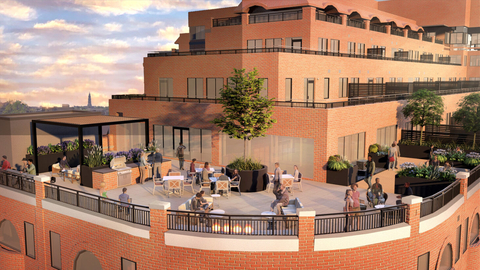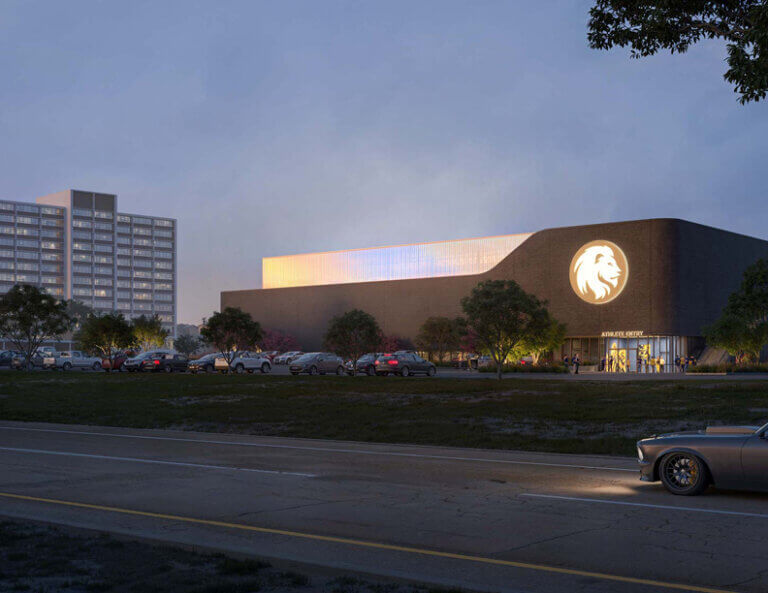
This article originally appeared on Multifamily Executive.
While there have been recent signs of the office market rebounding, plenty of uncertainty remains for the sector. Coupling this fact with office vacancies hovering at nearly 22% in the first quarter of this year, according to JLL, and a continued nationwide housing shortage, it is becoming more commonplace to turn abandoned, outdated office buildings into vibrant apartment living options.
This approach offers an innovative and sustainable solution to breathe new life and leasing potential into an underperforming building. However, not all offices have what it takes to be turned into a profitable investment. The biggest challenge when deciding if a particular property is a good fit for an office to apartment conversion is determining if there are enough salvageable components to ensure it is a feasible investment.
What Are the Drivers Behind the Trend?
It’s no surprise that the nature of work, especially office work, is evolving at a rapid pace. Accelerated by the adoption of remote work during the pandemic, a new generation of professionals has emerged that values autonomy, flexibility, and the ability to work where they are instead of commuting to office buildings that are no longer designed for the needs of today’s workforce. As many companies switch to hybrid models and reduce their office footprint, the amount of underutilized or fully vacant office buildings has risen.
Additionally, cities and urban centers across the country are facing a housing crisis. As demand for quality, affordable rental housing goes up and supply remains limited, housing costs are driven to unaffordable levels. This leaves many people with the choice of deserting cities that are now out of their budgets or living somewhere they cannot afford. By converting offices into apartment communities, the rental housing supply increases, offsetting rent prices, without the need for costly new construction.
Conversion projects can also be cost-effective alternatives to new construction. By reducing the materials and labor needed and shortening the construction schedule, developers can spend less time and money than they otherwise would by demolishing and rebuilding. There are also significant environmental benefits associated with office to apartment conversions. These projects require less nonrenewable materials, generate far less waste and carbon emissions, and utilize less energy making adaptive reuse a more sustainable construction method for urban development.
Does the Existing Building Have What It Takes?
Converting an office building to apartment units is not without cost, but some renovations are more extensive—and expensive—than others. For example, many office elevators are too small for the needs of an apartment building and thus would require costly structural renovations to enlarge the elevator shafts, which could make or break the budget. Additionally, because of differences in layout and floor plan designs, office buildings often do not have enough windows to provide natural light and ventilation to each apartment unit. On many projects, the deep floor plates of a former office building may require the implementation of light wells, atriums, or internal courtyards.
The need for noise insulation and privacy between units is another important consideration during an office-to-apartment conversion. Most offices are not designed for the level of noise created by daily living, which can include loud televisions and appliances. When converting an office, owners may want to consider implementing soundproofing measures or reconfiguring the layout of the interior spaces to reduce noise.
Many vacant office buildings are surrounded by other vacant office buildings, which can lower the appeal of the building to potential tenants. With high competition in the multifamily arena, conversion projects should be ideally located close to amenities such as retail, restaurants, and other convenient offerings for residents. Owners should consider converting the first couple floors into street-level retail, fitness centers, or other amenities, so tenants have everything they need close to home, which will boost leasing appeal.
Case Study
At CityHouse Old Town, an active Hoar Construction project in Alexandria, Virginia, natural light is in abundant supply due to the building’s tiered structure and central atrium, which will be extended throughout all seven floors as part of the conversion. The former 200,000-square-foot office building is being converted into 200 luxury apartments, the majority of which will have their own private, wraparound terraces. Originally built in 1983, the building’s exterior design and footprint will remain largely the same, allowing the developer to invest in other parts of the project, such as luxury finishes and amenities.
While there are many challenges and obstacles that must be overcome for a successful office to apartment conversion, the trend offers a sustainable and cost-effective solution to the current issues plaguing the office and housing markets. There is no cookie-cutter approach to conversion projects like these, but an experienced contractor can help find the right property to convert and overcome the unique challenges that may arise. By repurposing outdated and underutilized office spaces, developers can help revitalize urban areas and keep these communities thriving.

